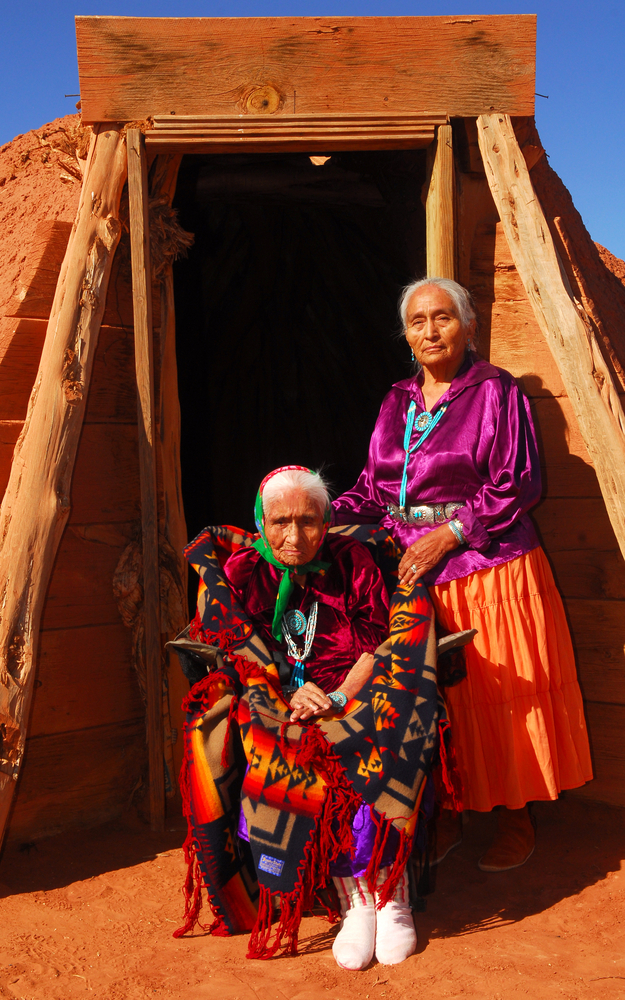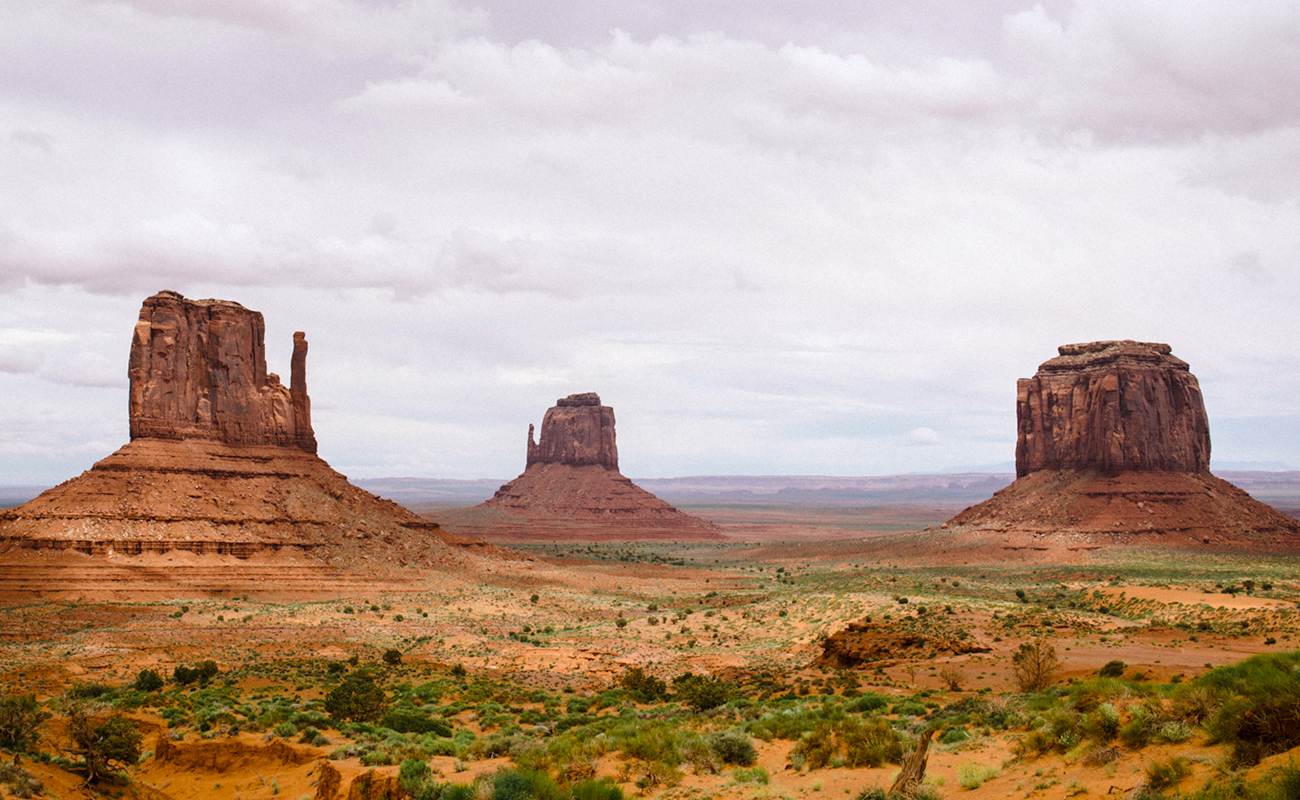
Navajo Nation Unveiled: A Guide to Authentic Cultural Immersion
The vast, breathtaking landscapes of the Navajo Nation beckon travelers with their iconic mesas, ancient canyons, and a profound sense of history. Yet, for the discerning visitor, the goal extends beyond mere sightseeing; it’s a quest for authentic cultural immersion, a genuine connection with the Diné people and their enduring traditions. Navigating this path requires more than just a map; it demands respect, patience, and a willingness to learn. This guide cuts directly to the core of how to discover and engage with the true spirit of the Navajo Nation.
Understanding Authenticity: Beyond the Postcard Image
Authenticity in the Navajo Nation is not a manufactured experience for tourists; it is the living, breathing essence of Diné culture. It’s found not in curated gift shop trinkets but in the stories told by elders, the intricate patterns of a hand-woven rug, the aroma of traditional food, and the quiet dignity of a people deeply connected to their land, Diné Bikéyah. To seek authenticity is to seek understanding, to move beyond superficial observation to meaningful engagement.
The Navajo Nation, larger than ten U.S. states combined, is a sovereign nation with its own government, laws, and distinct cultural practices. Approaching it with this understanding is the first step toward genuine interaction. It means recognizing that you are a guest in someone else’s home, bound by their customs and expectations.
1. Start with Official Channels: Your Primary Resource

The most direct and respectful route to authentic experiences begins with the Navajo Nation’s official tourism and cultural bodies. These organizations are dedicated to promoting ethical tourism that benefits the Diné people and preserves their heritage.
- Navajo Nation Tourism Department: This is your paramount resource. Their website (navajonationparksandtourism.org) provides invaluable information on permissible activities, certified tour operators, cultural events, and accommodation options within the Nation. They can guide you to experiences that are both legitimate and enriching. They often list Diné-owned businesses and tour guides, ensuring your dollars directly support the local economy.
- Navajo Nation Parks & Recreation: For specific attractions like Monument Valley Tribal Park or Canyon de Chelly National Monument (co-managed with the NPS), consult their sites. They outline regulations, entrance fees (which support the parks), and often provide lists of authorized Diné guides.
2. Seek Out Diné-Owned and Operated Tours and Businesses
This is perhaps the single most crucial piece of advice. A tour led by a Diné guide offers unparalleled insight. These guides are not just navigators; they are storytellers, historians, and cultural ambassadors. They share personal anecdotes, explain the spiritual significance of the landscape, teach you about medicinal plants, and recount their people’s history from an indigenous perspective.
- Canyon de Chelly National Monument: This is a prime example where a Navajo guide is not just recommended but mandatory for any exploration beyond the rim. Descending into the canyon requires a permit and an authorized Diné guide. These guides offer profound interpretations of the ancient cliff dwellings, petroglyphs, and the living history of the canyon, where Navajo families still farm today.
- Monument Valley Navajo Tribal Park: While you can drive the scenic loop independently, a guided tour with a Diné operator allows you to venture off the main loop, accessing restricted areas and hearing the legends directly tied to the iconic formations. Consider staying at The View Hotel, the only hotel within the park, which is Navajo-owned and offers unparalleled sunrises over the Mittens.
- Antelope Canyon: While stunning, Antelope Canyon has become immensely popular, leading to crowded tours. To enhance authenticity, choose a Navajo-owned tour company (all are, by regulation, but some are better than others) and consider visiting less-trafficked slot canyons like Secret Canyon or Upper Antelope Canyon during off-peak hours or seasons. Better yet, inquire about smaller, more intimate photo tours that prioritize experience over speed.

3. Engage Directly with Artisans and Craftspeople
Navajo artistry is world-renowned, from intricate silverwork and turquoise jewelry to the complex patterns of Diné weaving. Purchasing directly from artisans ensures your money supports their livelihood and allows for a personal connection.
- Trading Posts (the right kind): While some trading posts have historically been exploitative, many today act as vital hubs for Diné artists. Look for those with transparent practices, where you can meet the artists or where the post clearly states its commitment to fair trade.
- Community Markets & Fairs: Throughout the year, especially during warmer months, local markets and fairs (like the Navajo Nation Fair in Window Rock) provide opportunities to buy directly from artists, watch demonstrations, and engage in conversations about their craft.
- Artisan Workshops: Some Diné families open their homes or workshops for visitors to observe weaving or silversmithing demonstrations. These intimate experiences offer a deep appreciation for the skill, time, and cultural knowledge embedded in each piece. Ask your authorized guide or the Navajo Nation Tourism Department for recommendations.
4. Immerse Yourself in Cultural Practices and Traditions
Beyond tours and crafts, some experiences allow for a deeper dive into Diné daily life and spirituality.
- Hogan Stays: A Hogan (pronounced "ho-gahn") is the traditional Diné dwelling, octagonal or circular, built with logs and earth. Some families offer overnight stays in hogans, providing a unique opportunity to experience traditional living, share meals, and hear stories around a central fire. This is a profound way to understand the connection to family, community, and the land.
- Traditional Food: Seek out opportunities to taste authentic Diné cuisine. This might be at a small, local restaurant in a community like Kayenta or Window Rock, or as part of a Hogan stay. Dishes like Navajo tacos, blue corn mush, fry bread (though not historically traditional, it’s a staple), and mutton stew offer a delicious window into the culture.
- Community Events: Rodeos, traditional dances, and other community gatherings offer a glimpse into the vibrant social fabric of the Nation. Always inquire locally about public events and remember to observe respectful etiquette. Not all ceremonies are open to the public, and privacy should always be honored.
5. Respect the Land, the Culture, and the People: The Ethos of Hózhó
True authenticity is built on respect. The Diné concept of Hózhó translates roughly to "walking in beauty" or living in balance and harmony with all things. Embracing this philosophy as a visitor will enhance your experience immeasurably.
- Ask Permission: Before photographing people, especially children or elders, always ask for permission. A simple "Yá’át’ééh" (hello) and a respectful request go a long way. Some sacred sites or ceremonies strictly prohibit photography.
- Stay on Designated Paths: Respect private property and sacred sites. Do not wander off marked trails or enter areas without explicit permission or a guide.
- Leave No Trace: Pack out everything you pack in. Do not disturb artifacts, rocks, plants, or animals.
- Observe Local Customs: The Navajo Nation is a dry county; alcohol is prohibited. Dress modestly, especially when visiting religious or sacred sites.
- Be Patient and Listen: Life on the Nation often moves at a different pace. Embrace it. Be open to hearing stories, asking questions (respectfully), and truly listening to the answers. Your guides and hosts are sharing a part of themselves.
Beyond the Tourist Gaze: The Enduring Legacy
The Navajo Nation is not just a destination; it’s a living culture with a profound history of resilience. From the tragic Long Walk of the 1860s to the invaluable contributions of the Navajo Code Talkers in World War II, the Diné people have maintained their identity, language (Diné bizaad), and traditions against immense pressures. Learning about this history, even briefly, adds immense depth to any visit.
For example, the Navajo Code Talkers, who used their unwritten language to create an unbreakable code, exemplify the strength and strategic importance of Diné culture. Their legacy is honored at the Navajo Nation Museum and the Code Talker’s Memorial in Window Rock.
Finding authentic Navajo Nation experiences is not about checking off a list of attractions. It is about slowing down, engaging with an open heart and mind, and committing to respectful interaction. It’s about supporting the Diné people directly, honoring their sovereignty, and leaving with a deeper understanding of a vibrant and enduring culture. When you approach the Navajo Nation with this ethos, the authentic experiences will find you, leaving an indelible mark long after you’ve departed its majestic lands.


